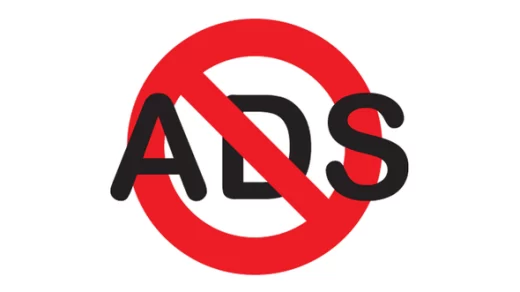“A sleek, humanoid shape dressed in misty blue robes leaps out at you, daggers drawn. As you pull out your weapons, you hear arrows thud into armor, shield and friend alike. An ambush. – I want you all to roll initiative.” I overhear my boyfriend talking to his friends who are all sitting at the dinner table. You might wonder what this is all about, as do I sometimes. This type of situation is something that only happens when my boyfriend and his friends are playing a game called ‘Dungeons & Dragons’.
Dungeons & Dragons (or D&D for short) is an interesting game in the sense that it is difficult to compare to anything else. It is most definitely not a video game but calling it a board game somehow sounds wrong as it does not require a board, just dice. You see, Dungeons & Dragons revolves around storytelling and situating your (imaginary) characters in a fictional world, created by you and your friends. It first appeared in 1974 and enjoyed moderate succes as kids, teens and adults alike got together with their friends for an evening filled with adventuring. However, video games made their entrance in the 80’s and religious people condemned D&D for containing unholy creatures, so as time went by D&D lost popularity and it became a niche game only played by the nerdiest of nerds.
Then how come I know of people who play the game in this time and age? While they arguably may be a bunch of nerds, D&D actually made a comeback and has never been more successful than the last few years, ever since the 5th edition of the game released in 2014. The return of D&D is often contributed to the clever use of internet by avid players spreading awareness about the game. D&D players nowadays are recording or livestreaming their sessions, creating online communities as they go. Because of this development tons of people are learning about this game, especially those who were not alive to witness its first installment.
This turn of events actually came with a paradox. Most people seem to be connected to the internet 24/7, which is how new players found out about the game in the first place, and it allows them to share their interest in D&D with others, but it will never replace the feelings and memories one gets from playing the game yourself. What ends up happening is that people discover the game online, learn about the game online and then try to get their friends to play it with them in real-life. Not only does D&D offer the players the chance to create their own stories, more importantly it offers them an escape from the real world; the one they are connected to 24/7 through their phones. Somehow D&D is accessible through the internet, but it is also a great way to escape from it.
No matter how you look at it, Dungeons & Dragons is a good way to spend your time and practice your creativity. There have never been more resources out there than now, so whatever you would like to know about the game can be found through a quick Google search. If you were on the fence about trying it out yourself, please gather your friends and give it a go. D&D is not just a game for nerds, it is for everyone.
Sources:
Charlie Hall, “Dungeons & Dragons is booming online, but not in the way you think,” Polygon, 20 Augustus 2015.
Chris DeVille, “The rise of D&D liveplay is changing how fans approach roleplaying,” The Verge, November 16, 2017.
Jahromi, Neima. “The Uncanny Resurrection of Dungeons & Dragons.” The New Yorker, 24 October, 2017.
Jessica Fischer, “Why Are People Picking Up D&D Again?,” Geek & Sundry, June 6, 2016.
Josh Weiss, “Dungeons & Dragons Had Its Biggest Sales Year In 2017,” Syfywire, March 14, 2018.
Matthew Byrd, “When Did Dungeons & Dragons Become Cool?,” Screenrant, September 14, 2016.




Recent Comments